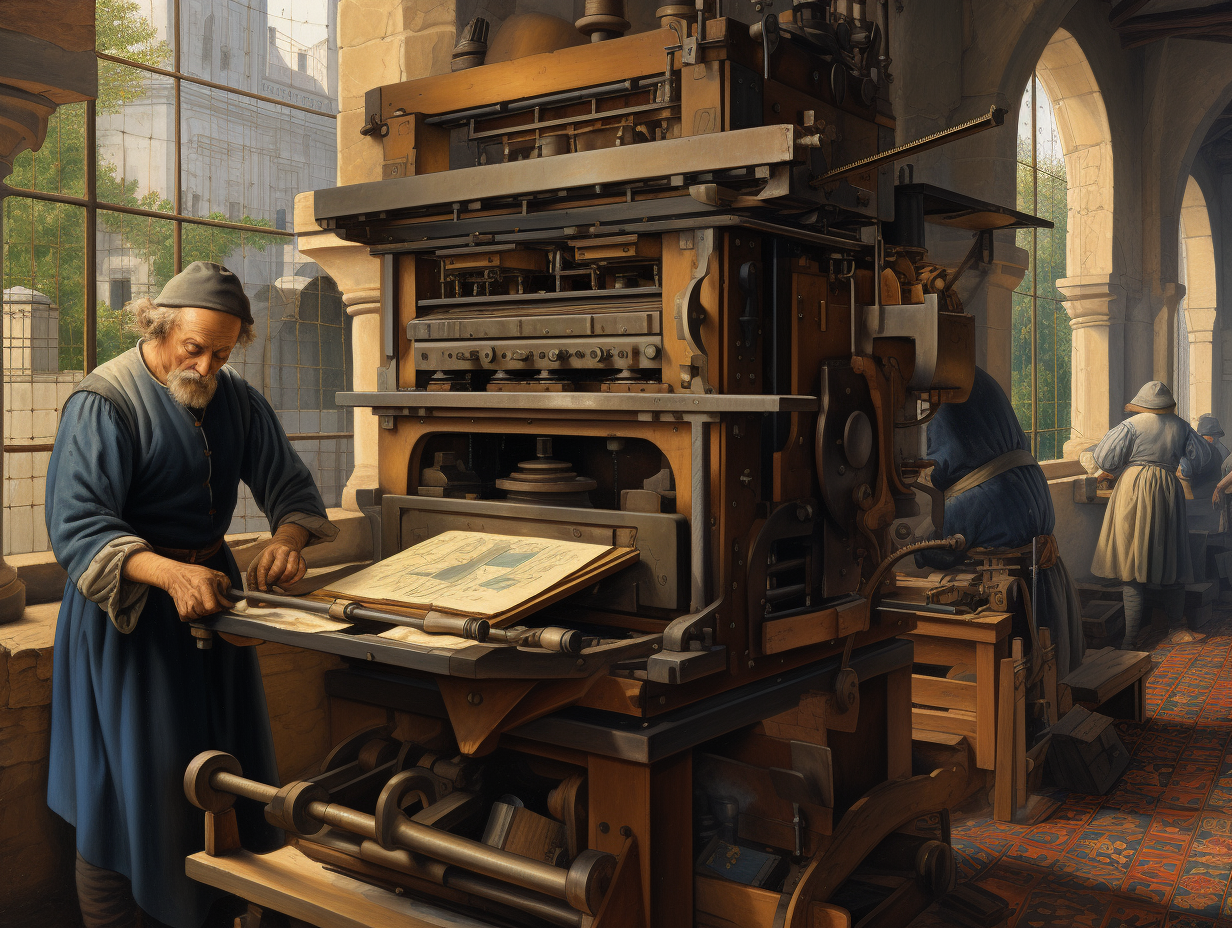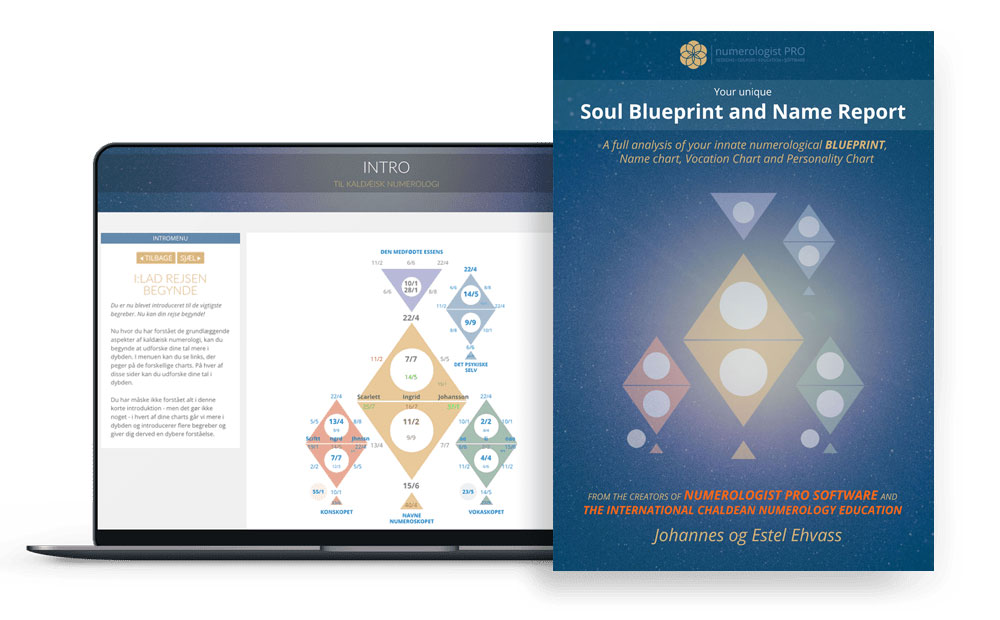Transition to the Renaissance: Humanism and the Celestial Arts

Johannes Ehvass
Welcome, dear reader! Together, we embark on a captivating journey into astrology, a timeless art and science that has accompanied humanity since its earliest days. Each astrological discovery not only mirrors the era and culture it emerged from but also feels like a celestial gift, as if the universe is directly speaking to us. Through these articles, I share with you the profound journey of how astrology has grown and evolved alongside us. Let's explore this cosmic connection that has, for millennia, enriched our understanding of ourselves and the universe around us.

As the Middle Ages gave way to the Renaissance, a profound shift in worldview occurred, affecting every sphere of life, including the age-old practice of astrology. The Renaissance, a term which means “rebirth”, ushered in a renewed interest in art, science, literature, and the classical knowledge of the Greco-Roman world. Humanism, a dominant force during this period, placed mankind at the center of the universe, both literally and metaphorically. This transformative era left an indelible mark on the celestial arts, redefining how humanity interpreted the stars. In this exploration, we will trace the evolution from the medieval to the Renaissance perspective, and uncover how printing and humanistic thinking reshaped astrology.
The Decline of the Medieval Worldview
The medieval era was dominated by a theocentric worldview. Religion was at the heart of society, and celestial bodies were seen as direct manifestations of divine will. Astrology during this time was intimately linked with religious, philosophical, and medicinal practices.
The Centrality of Religion
During the Middle Ages, the Church played a pivotal role in shaping people’s beliefs. Astrology was often intertwined with theology, and the heavens were seen as a grand tapestry of God’s design. The celestial movements were believed to be a reflection of the divine plan.
Shifts in Philosophical Thought
By the late medieval period, cracks began to appear in the monolithic religious worldview. The influence of thinkers like Thomas Aquinas, who tried to reconcile faith with reason, paved the way for a more human-centered approach to understanding the universe. Slowly, philosophy began to move away from strict religious interpretations, setting the stage for the rise of humanism.
Rise of Renaissance Humanism
Renaissance humanism was a movement that emphasized the value and agency of human beings, as well as an appreciation for the classical arts and literature of the ancient world. This shift had significant implications for astrology.
Man at the Center
Unlike the medieval worldview which saw humanity as subject to divine will, humanism posited that humans could shape their destinies. This perspective affected astrology profoundly. While the stars and planets were still seen as influential, the focus shifted to how individuals could harness this knowledge for personal betterment, rather than simply accepting fate.
Revival of Classical Knowledge
Humanists revered the intellectual achievements of the Greco-Roman era. Classical texts were sought, translated, and disseminated. Astrological texts from the Hellenistic period, previously preserved and augmented by Islamic scholars, were reintroduced to Europe. This resurgence brought about a deeper, more nuanced understanding of astrology, grounded in classical thought.
Printing and Humanistic Thinking Transform Astrology

The invention of the printing press by Johannes Gutenberg in the 15th century was revolutionary.
It democratized knowledge, making books more accessible and affordable, and it played a crucial role in the transformation of astrology during the Renaissance.
Spread of Astrological Texts
Before the advent of printing, books were laboriously hand-copied, making them rare and expensive. With the printing press, astrological texts, both ancient and contemporary, were widely disseminated. This not only made astrological knowledge more accessible but also fostered an environment of debate, discussion, and innovation within the celestial arts.
Standardization and Critique
Printing brought about a level of standardization. Multiple copies of the same text meant that astrological methodologies could be more consistently taught and practiced. However, this also meant that errors and inconsistencies in astrological practices were more apparent, leading to critiques and calls for refinement. This period saw a more systematic approach to astrology, with an emphasis on empirical evidence and logic.
The Birth of Personal Horoscopes
With the humanistic focus on the individual and the widespread availability of astrological texts, personal horoscopes became popular. Now, astrology wasn’t just the domain of kings and courts. Ordinary people could seek insights into their personal destinies, marking a significant democratization of the celestial art.
Conclusion
The transition from the medieval to the Renaissance era marked a transformative period for astrology. The shift from a theocentric to a human-centric worldview, coupled with the technological marvel of printing, reshaped how humanity viewed the stars. As we reflect on this period of rebirth, it’s evident that the celestial arts, like all facets of society, are deeply influenced by the cultural, technological, and intellectual currents of the time.

Johannes & Estel: Renowned authorities in Numerology, Astrology, and the esoteric arts. As the founders of Scandinavia's premier Numerology school, we're delighted to share our insights through this curated series on astrology. Dive in and discover the stars.
The Worlds Most Advanced Numerology Report

Your birthdate reveals your unique life purpose, potentials, talents, weaknesses, and karma in this life.
Your names show what you attract into your life regarding your career, relationships, happiness, money, and success.
GET THE REPORT HERE
Introduction to Astrology
The history of Astrology
Moving beyond deterministic astrology
Foundation of Astrology: Planets, Signs and Houses
Astrology and the Holographic Universe
The Holographic Universe
The Human Psyche as a Mirror to The Solar System
The Human Body as a Mirror to The Star Signs
Astrology Background
Egyptian Astrology
Mayan Astrology
Chinese Astrology
Indian Astrology - Jyotish
Celtic Astrology
Tibetan Astrology
Mesopotamian Astrology
Early Mesopotamian Astrology: The Dawn of Celestial Divination
Enuma Anu Enlil: The Epicenter of Babylonian Celestial Omen Interpretation
Babylonian and Chaldean Astrology
Babylonian and Chaldean Astrology
Chaldean influence and evolution
Chaldean Wisdom: Safeguarding and Transmitting Astrological Knowledge
Hellenistic Astrology
Hellenistic Astrology background
Claudius Ptolemy and Tetrabiblos
Vettius Valens
Dorotheus of Sidon
Persian Astrology
Persian Astrology background
Sassanian Astrology
Late Antiquity and The Transition Period
Late Antiquity and The Transition Period
Hellenistic to Islamic Transition: The Torchbearers of Astrological Wisdom
Islamic Golden Age
Arabian Astrology Background
Arabian Astrology Contributions
Medieval Astrology
Introduction: The Medieval Cosmos
Monastic Preservers: Astrological Knowledge in the Dark Ages
Astrology in Medieval Medicine
Kings, Queens, and Constellations: Astrology in the Medieval Court
The Church and the Stars: A Contentious Relationship
Universities and Scholastic Pursuits: Academic Astrology
Astronomy & Astrology: Tools of the Trade
Medieval Astrological Houses and the Synthesis of Traditions
Transition to the Renaissance: Humanism and the Celestial Arts
Reflections: Medieval Astrology's Echoes in Modern Practice
Astrological Art of the Middle Ages
Famous Medieval Astrologers
Medieval Astrological Texts
Renaissance Astrology
Renaissance Humanism and Astrology
Scientific Advancements and Astrology
The Social Fabric: Astrology in Everyday Renaissance Life
Court Astrologers of the Renaissance
Controversies and Conflicts: Astrology Under Scrutiny
Renaissance Texts and Authors: Continuation of a Tradition
Astrology and Art: Celestial Imagery in the Renaissance
Renaissance Astrological Practices: Evolutions and Innovations
End of the Renaissance: The Gradual Decline of Astrological Influence
Renaissance Astrology's Echo in the Modern World
Enlightenment Astrology
Introduction: The Enlightenment and Astrology
Challenging the Stars: Astrology's Critics during the Enlightenment
Astrology and the New World
Astrology in the 19th Century
The Dawn of Psychological Astrology
Astrology in the 20th Century: A Modern Renaissance
Astrological Associations and Schools
Modern Controversies and Astrology
Astrology and Popular Culture
Astrology and Technology
Current Trends and Future Directions in Astrology
Conclusion: Reflecting on Astrology's Evolution
The Planet Significances
The Sun in Astrology
The Moon in Astrology
Mercury in Astrology
Venus in Astrology
Mars in Astrology
Jupiter in Astrology
Saturn in Astrology
Uranus in Astrology
Neptune in Astrology
Pluto in Astrology
Chiron in Astrology
Black Moon Lilith in Astrology
Pars Fortuna in Astrology
Ceres in Astrology
Houses in Astrology
Introduction to Astrological Houses
The Angular Houses
The Succedent Houses
The Cadent Houses
The 1st House
The 2nd House
The 3rd House
The 4th House
The 5th House
The 6th House
The 7th House
The 8th House
The 9th House
The 10th House
The 11th House
The 12th House
Interaction Between Houses
Derived Houses, House Rulers, and Interceptions
Conclusion: Synthesizing House Knowledge
All Materials © 2023 & 2024 Numerologist PRO
Terms of Service: Information provided by Numerologist PRO and/or from this web site is not intended as advice (medical, psychological, financial or other), nor is it intended to replace your work with a qualified professional (medical or otherwise). You should maintain your relationship with your providers and consider the services of this site as informational only. Any information, stories, examples, or testimonials presented on this website do not constitute a warranty, guarantee, or prediction regarding the outcome of an individual. This web site is a sharing of knowledge and information of numerology/energy work based on the experiences of Numerologist PRO. You are encouraged to make your own decisions based on your own research and inner guidance. By booking and receiving services, you agree to fully release and hold harmless Numerologist PRO and all it's affiliated numerologists from and against any liability or claim that may arise out of or in connection with their service(s).
Numerologist PRO © 2021

CONTACT
numerologist@numerologistpro.com
LIKE US, and get free numerology tools, info about your personal numbers, best business dates of the year - and more!
YOUR FREE NUMEROSCOPE CHART
Enter your name and email below and get access to our free online numerology chart tool.